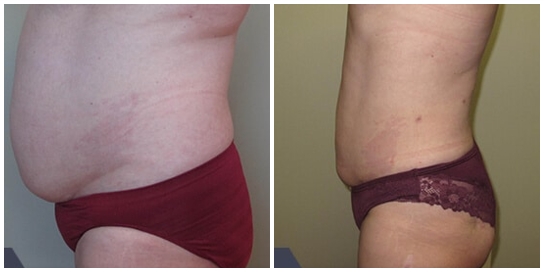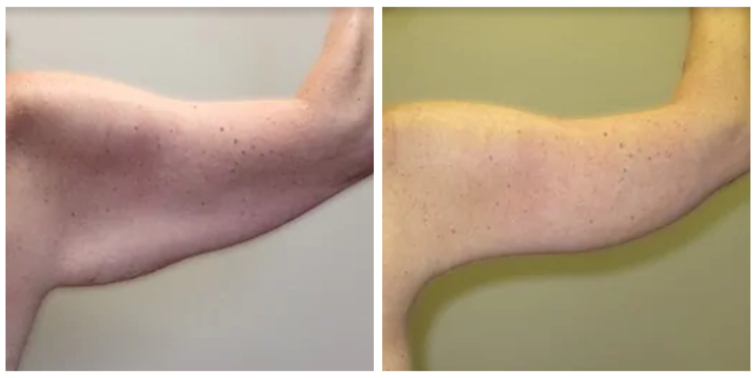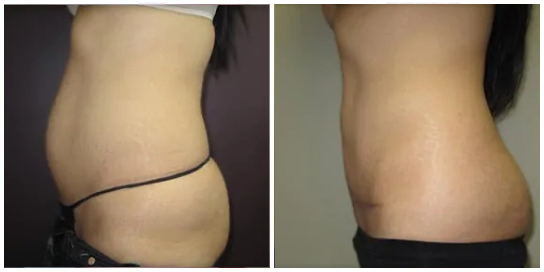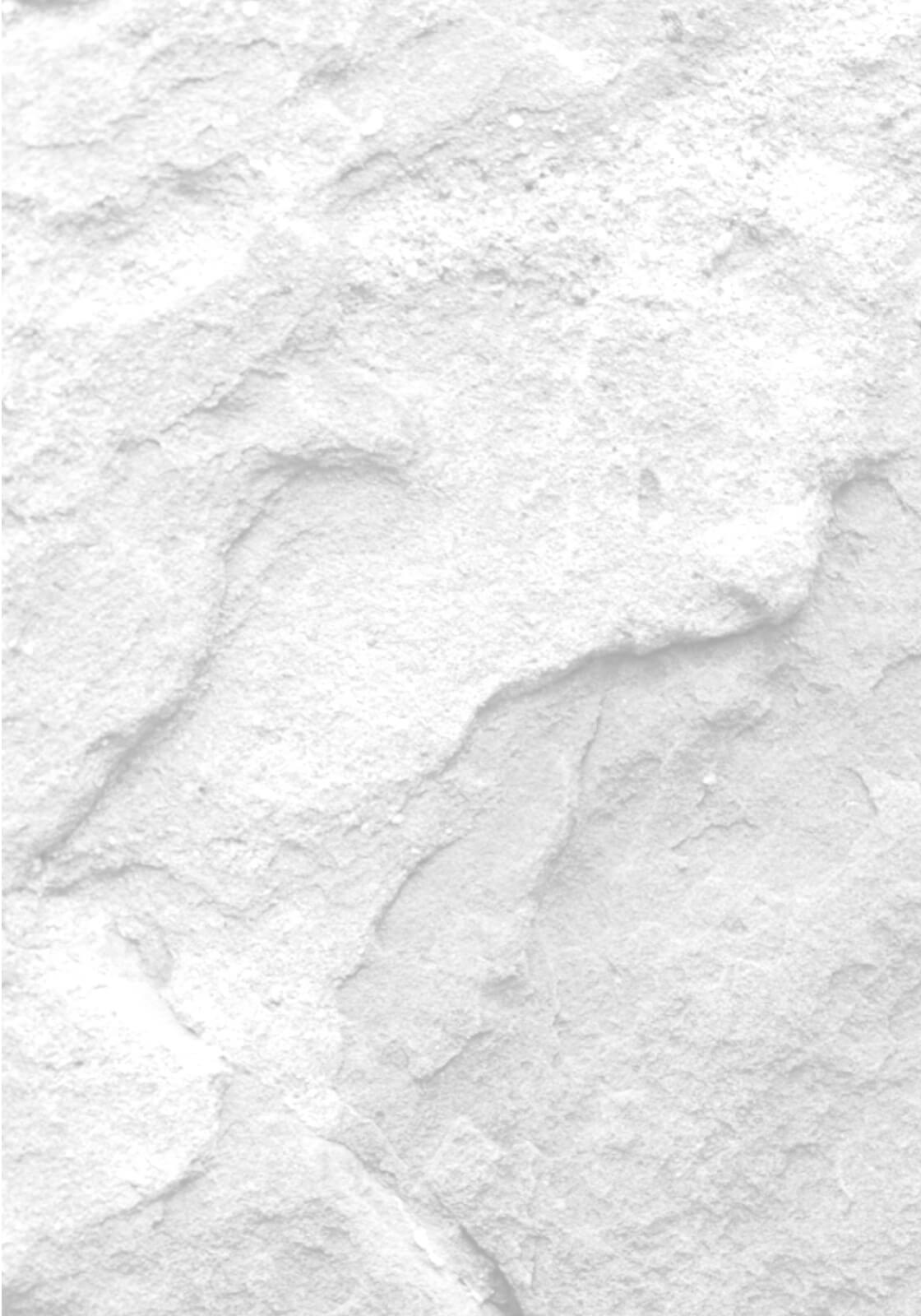Scar Revision
Conveniently located to serve the areas of Boulder, CO

Whether caused by injury, surgery, or burn, scars can be disfiguring. Scars can be more noticeable due to their protrusion or depression versus the surrounding skin, their lack of orientation, their pull on other structures and their color. The severity of a scar depends on many factors, including the size and depth of the wound, the blood supply to the area, and the thickness and color of the skin. Some people – especially those with deeper skin tones – have a tendency to produce prominent, raised scars called keloids.
Surgical scar revision is an option available to patients faced with scars originating from injury or through surgery. Depending on the severity of the scar, revision of the scarred tissue may aid in the restoration of both form and function.
Contents
Who is a Good Candidate for Scar Revision?
You must be in good health, have no active diseases or serious, pre-existing medical conditions, and you must have realistic expectations of the outcome of your surgery. No scar can be “erased” permanently. Most scars, in fact, are not amenable to revision. Qualities that make a scar more amenable to successful revision are raised or depressed scars, contour irregularities, poor lines of orientation, color mismatch and scars produced by blunt trauma.
NOTE: If you smoke, recently quit smoking or have been unable to stop completely, or you are exposed to second-hand smoke, you may not be a candidate for surgery. Primary and secondary smoking decreases blood supply to the body’s tissues, resulting in prolonged wound healing, skin loss, infection, increased scarring, and a number of other complications related to the kind of procedure performed.
Examples of scars most commonly treated include: hypertrophic scars, keloid scars, and contracture scarring.
- Hypertrophic scars: occur within the boundaries of the incision or wound and are generally thick, red, and raised in appearance.
- Keloid scars: somewhat similar in appearance to hypertrophic scars. Although, keloids generally grow beyond the boundaries of the incision or wound. Keloids are commonly found on the earlobe, shoulder, and over the breastbone and appear most commonly in dark-skinned individuals.
- Contracture scars: most severe forms of a scar and usually occur as a result of a loss of a large area of skin. These forms of scars are most commonly found in patients that have experienced burn injuries. In this instance, the scars that have formed cause the edges of skin to pull together affecting the adjacent muscles and tendons, which in turn, causes the restriction of normal movement.
- Most minor scars can be treated by injecting a steroid medication directly into the scarred tissue This form of treatment generally results in a reduction of redness, and size.
How is the Procedure Performed?
Steroid Applications and Injections
Steroids can help flatten and reduce the redness of hypertrophic and keloid scars. Steroids are applied or injected into the scar to break down the skin’s collagen. This is especially effective on hypertrophic and keloid scars, both of which continue to form collagen after the wound has healed. These injections can also help reduce the itching and/or pain associated with these scars.
Silicone Gel Sheets
Silicone gel sheets can help flatten hypertrophic and keloid scars. These clear sheets are placed on the scar and worn 24 hours a day.
Z-Plasty is a technique used to re-orient scars. The scar is oriented by cutting the skin around the scar in small triangular flaps. These flaps usually follow a Z-shape (hence the name), but the technique your doctor chooses will depend on the shape of the scar. The flaps are repositioned to follow natural lines and creases of the skin. The new scar is often less noticeable. Z-plasty can also help relieve the pressure of contracture scars.
Dermabrasion
Dermabrasion smoothes out surface irregularities such as deep lines or scars by removing the topmost layers of the skin. The afflicted area will be injected with anesthetic and then carefully “sanded” with a rotating wire brush or a diamond wheel until the desired amount of skin is removed.
Vascular Laser
A vascular laser works by shrinking the blood vessels that feed the scar, thus improving the coloration of red scars. This treatment is done without anesthetic. During the process, the sensation is much like that of a rubber band snapping on the skin.
Tissue Expansion
In this procedure, a “balloon” is inserted under a patch of healthy skin near a scar. The balloon is filled with a saline solution to stretch the skin. When the skin has been adequately stretched, which can take several weeks or months, the balloon is removed. The scar is then surgically removed, and the balloon-stretched skin is pulled over the previously scarred area and carefully closed.
Skin Grafts
In this procedure, doctors take skin from a healthy part of the body and transplant it to the injured area. Grafts aren’t always cosmetically pleasing because the grafted skin may not match the surrounding skin’s color or texture. The area where the graft came from will also scar — but skin grafts can greatly restore function to a severely scarred area.
Collagen Injections
Collagen Injections are used to rise, or fill in, sunken scars. Collagen is a natural animal protein. Before using collagen, you should take an allergy test to ensure that you are not allergic to the substance. The results of collagen injections are immediate but not permanent. The scars will eventually have to be re-filled as the body slowly absorbs the collagen.
Laser Skin Resurfacing
There are two types of lasers used for reducing the uneven surface of scars: the CO2 Laser and the Erbium: YAG Laser. The CO2 laser is typically used for deeper scars, while the Erbium is used for superficial scars and deeper skin tones. Both lasers remove the topmost layers of skin, allowing new, smooth skin to form. There are some color lasers that can be effectively treat the abnormal red pigmentation of hypertrophic and keloid scars as well.
Planning for Your Surgery
Communication is crucial in establishing realistic expectations and reaching your goals. You will have the opportunity to express your goals and the results you’d like to achieve. Together, you and your surgeon will reach an understanding about what you can expect from this procedure and the long-term benefits you will experience. Every patient is different, and your surgeon will choose the surgical technique and treatment plan that is right for you. During the initial consultation, you should expect:
- To provide a complete medical history, including information about previous surgical procedures; past and present medical conditions; and any medications or herbal supplements you are taking.
- Your surgeon to conduct a complete physical examination.
- To discuss possible risks and complications of the procedure.
Preparing for Your Surgery
You will be given a pre-operative information packet that explains everything you should do and know before your surgery date. Your surgeon will give you specific instructions on how to prepare for surgery, including guidelines on eating and drinking, smoking, and taking or avoiding certain vitamins and medications. Whether your surgery is done on an outpatient or inpatient basis, you should arrange for someone to drive you home after your surgery, and to help you out for a day or two after you leave the hospital, if needed.
Where Your Surgery Will be Performed
Your procedure will take place in our office surgical suite, Rose Medical Center, St. Anthony Hospital or North Suburban Medical Center. The majority of these procedures are completed on an out-patient basis.
Types of Anesthesia
You’ll remain comfortable throughout the entire procedure. In most cases, general anesthetic is used so that you will sleep throughout the procedure; although local anesthesia with intravenous sedation is also an option for some patients.
Following Your Surgery
It is very important that you follow your surgeon’s instructions in order to promote healing and progress towards your new physical appearance. Also, it is important that you attend all follow-up appointments scheduled so that your surgeon can assess your long-term results and answer any questions or concerns you may have.
Scar Revision or Excision of Lesions Post-Operative Instructions
- Have someone drive you home after surgery and help you at home for 1-2 days.
- Get plenty of rest.
- Follow balanced diet.
- Decreased activity may promote constipation, so you may want to add more raw fruit to your diet, and be sure to increase fluid intake.
- Take pain medication as prescribed. Do not take aspirin or any products containing aspirin.
- Do not drink alcohol when taking pain medications.
- Even when not taking pain medications, no alcohol for 3 weeks as it causes fluid retention.
- If you are taking vitamins with iron, resume these as tolerated.
- Do not smoke, as smoking delays healing and increases the risk of complications.
Activities
- Start walking as soon as possible, as this helps to reduce swelling and lowers the chance of blood clots.
- Do not drive until you are no longer taking any pain medications (narcotics).
- Resume normal activities gradually.
- Return to work in 1-2 days, depending upon extent of surgery.
Incision Care
- Avoid exposing scars to sun for at least 12 months.
- Always use a strong sunblock, if sun exposure is unavoidable (SPF 30 or greater).
- Keep steri-strips on; replace if they come off.
- Keep incisions clean and inspect daily for signs of infection.
- Keep area clean and dry first 24 hours.
- No tub soaking while sutures or drains are in place.
What To Expect
- Some bruising and swelling.
- May have slight bleeding from incision. Apply 4×4 gauze with slight pressure to control bleeding.
- Skin grafts and flaps may take several weeks or months to heal; a support garment or bandage may be necessary for up to a year.
Appearance
- Final results of surgery may take a year or more.
Follow-Up Care
- If applicable, sutures will be removed in 5-14 days.
When To Call
- If you have increased swelling or bruising.
- If swelling and redness persist after a few days.
- If you have increased redness along the incision.
- If you have severe or increased pain not relieved by medication.
- If you have any side effects to medications; such as, rash, nausea, headache, vomiting.
- If you have an oral temperature over 100.4 degrees.
- If you have any yellowish or greenish drainage from the incisions or notice a foul odor.
- If you have bleeding from the incisions that is difficult to control with light pressure.
- If you have loss of feeling or motion.
Schedule your Appointment
And Meet Directly With Dr. Roesner to Discuss a Treatment plan to meet your Aesthetic and Skincare Goals.
Schedule AppointmentConsult fee is $100 – which will be applied to the cost of the procedure
(If scheduled within 90 days).





